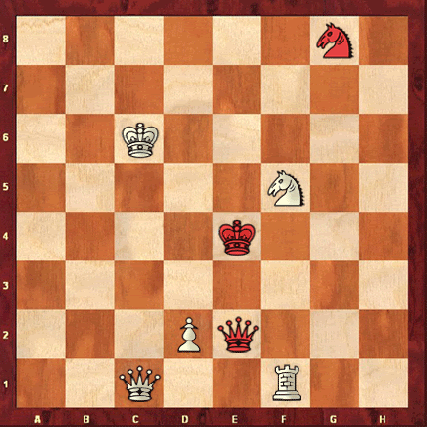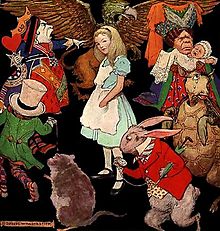A. A. Milne’s characters of The World of Pooh, which include Christopher Robin and his animal toy friends, represent different disorders. Can these disorders really be read into these characters and can they affect the children who read about them?
The book of Winnie-the-Pooh is structured in such a way that at points the narrator is talking to a Christopher Robin and then telling stories about Christopher Robin. I thought this was interesting and imitative of real life—adults telling their children stories that include their children as characters. However, is this potentially a way to prime schizophrenia and delusions in a child?
Christopher Robin lives a multi-faceted life in A. A. Milne’s book, and all of the talking animals have exaggerated traits. Pooh is a bear who loves to eat and cannot control his habits. In Chapter VI “Eeyore Has a Birthday and Gets Two Presents” Pooh plans to give Eeyore a pot of honey but gets hungry along the way to Eeyore so he eats it. Then afterwards he realizes he ate Eeeyore’s present. Pooh is constantly hungry, and he can’t control his habits surrounding food and hunger. Is Pooh an allegory for an eating disorder?
The rest of the Hundred Acre Wood gang also seem to exhibit other DSM-worthy diagnoses. Piglet is constantly battling his own cowardice, stuttering, and afraid of many things. Owl is always thinking of what story of his own to tell next, displaying his superiority of knowledge, and just talking over others and to others without caring if the listener even cares. Eeyore is gloomy and pessimistic and hardly ever happy. He can also be angry and sees all the faults in people and situations. Rabbit expresses always needing to be in control of situations and being the leader. He has to have things done in a certain way, and he tries to make other characters at time conform to what he wants them to be, such as when he didn’t want Kanga and Roo in the Hundred Acre Wood causing change or Tigger to be so bouncy. Tigger himself bounces from one idea to the other and is quite energetic to the point where he can’t control it. The animated versions of these characters also play on these exaggerated traits epitomizing them.
Christoper Robin. Schizophrenia. Pooh. Eating Disorder. Piglet. General Anxiety Disorder. Owl. Narcissism. Eeyore. Depression. Rabbit. Obsessive Compulsive Disorder. Tigger. Attenion Deficit Hyperactivity Disorder.

Do these characters represent these disorders and then influence children in a way that may prime them for the disorders and cause them to imitate them?
I believe that in literature and TV and all other forms of media, traits are normally exaggerated for entertainment’s sake. It does not mean that the general masses will all of a sudden experience these disorders because a favorite character does. Granted, children may imitate these disorders, but psychology has researched them enough to show that for most disorders a genetic priming is also a factor. Environment is also a factor. Eating disorders, for example, will not come about because of one instance of a bear character exhibiting it. First, animal characters are not human characters, so children are less likely to want to “be” them, and second, one character from childhood is almost insignificant in the sea of parenting and media that may actually really cause an eating disorder. A cute, fat, yellow bear’s influence is almost nothing when compared to the models in magazines and commercials and the advertisements that flood our children’s and our own vision everyday.
I also believe that creative works of art, such as literature, can be interpreted however the reader chooses to so if the reader does not notice or choose to see these characters as allegorical representations of mental disorders, then they will not influence the reader as such. If parents do not present them as so to their children, then there is less of an opportunity for the children to see the characters that way. I do not think that The World of Pooh and its characters are harmful to their child consumers.

























